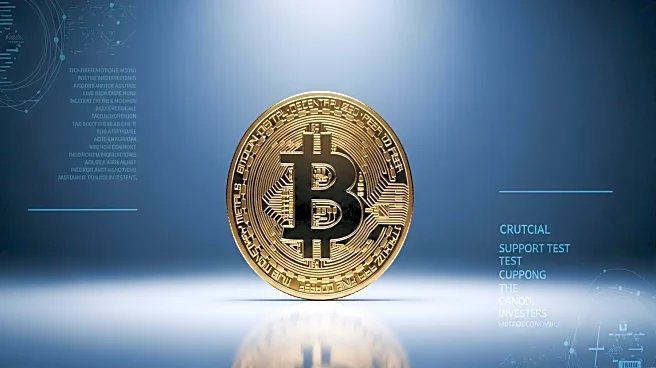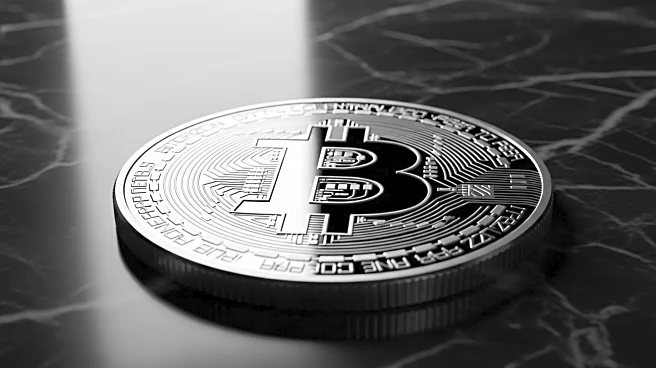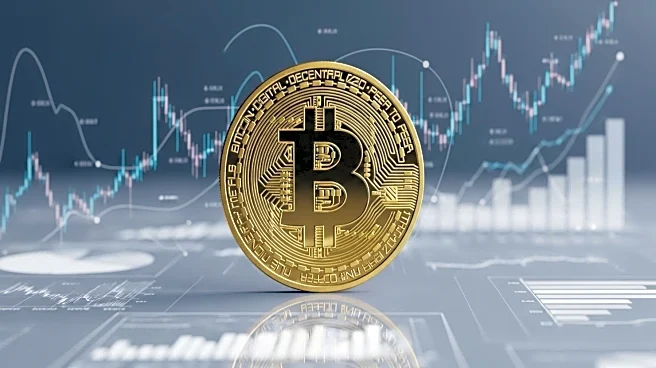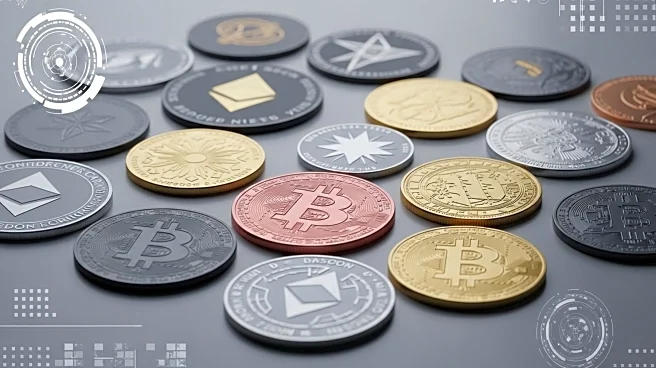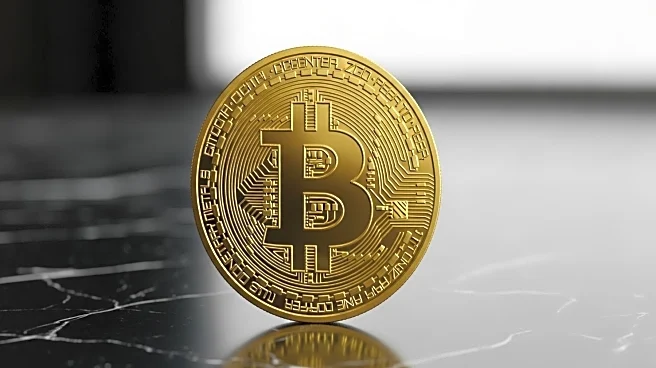What's Happening?
The July 2025 U.S. Personal Consumption Expenditures (PCE) report has intensified speculation about the Federal Reserve's next move, with core inflation rising to 2.9% year-over-year. This has reinforced Bitcoin's appeal as a hedge against inflation, particularly as investors anticipate prolonged accommodative monetary policy. Institutional adoption of Bitcoin has surged, with ETFs managing over $70 billion in assets and corporate holdings like MicroStrategy's 630,000 BTC normalizing the asset in traditional portfolios. Despite geopolitical shocks, such as the Israel-Iran conflict causing a 12% drop, institutional buying has offset volatility, with 64% of Bitcoin's supply now held for over a year.
Why It's Important?
Bitcoin's role as a hedge against inflation is gaining renewed relevance amid persistent inflationary pressures. The asset's resilience and institutional adoption are reshaping its trajectory, making it a significant player in diversified portfolios. The Fed's potential rate cuts could boost Bitcoin, but delayed cuts might test its inflation-hedging narrative. Institutional investors appear unfazed by short-term volatility, indicating growing consolidation among long-term holders. This shift from speculative trading to long-term wealth preservation highlights Bitcoin's evolving role in the financial landscape.
What's Next?
The Federal Reserve's decision on rate cuts in September will be crucial for Bitcoin's trajectory. A 25-basis-point cut could boost risk appetite and drive Bitcoin higher, while a hotter-than-expected PCE reading might delay cuts, testing Bitcoin's inflation-hedging narrative. Investors must weigh the Fed's balancing act against Bitcoin's evolving role in diversified portfolios, considering macroeconomic uncertainty and institutional dynamics.


